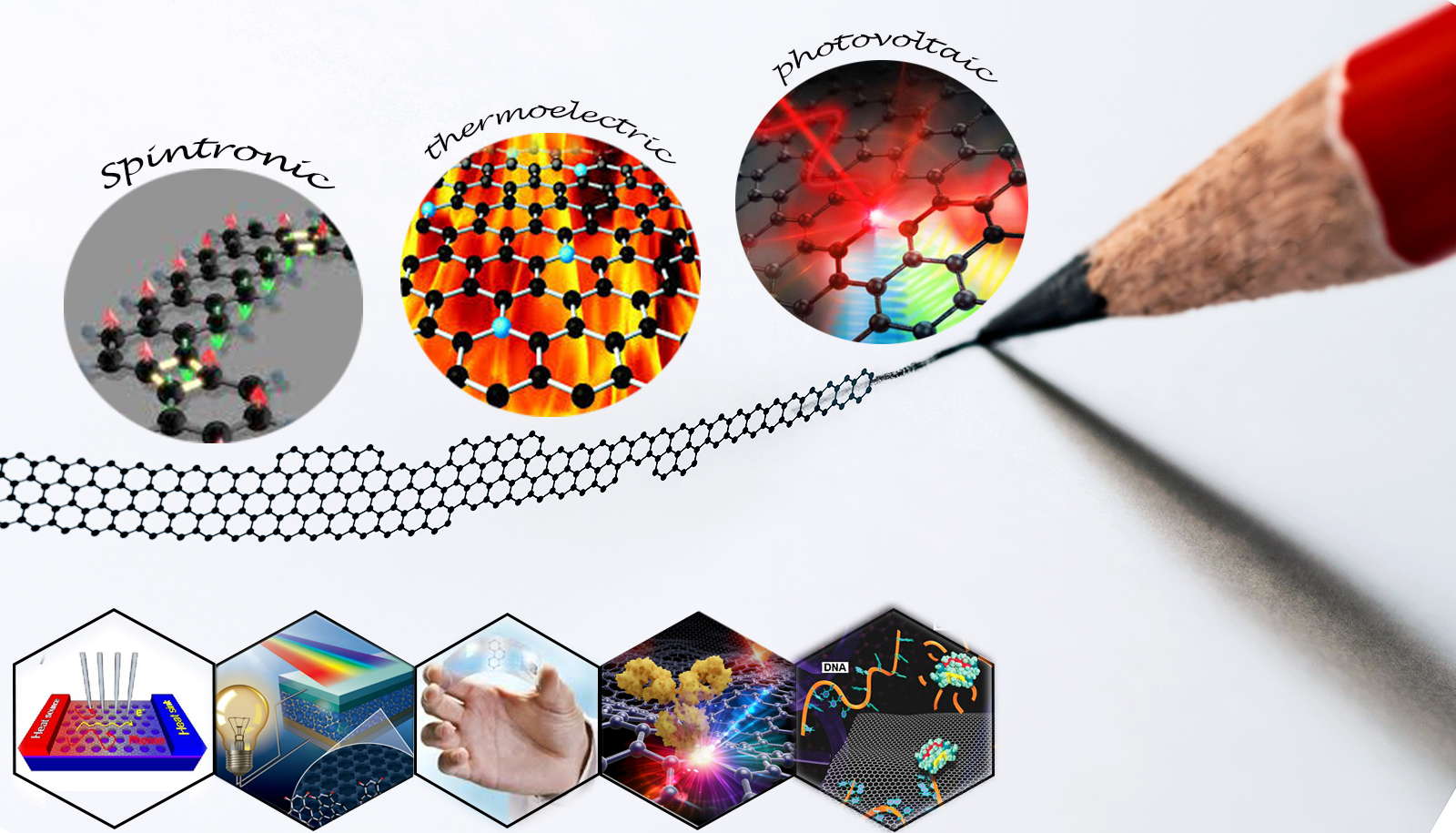| Authors | روح اله فرقدان |
|---|---|
| Journal | Journal of Physics and Chemistry of Solids |
| Page number | 1 |
| Volume number | 201 |
| IF | ثبت نشده |
| Paper Type | Full Paper |
| Published At | 2025-02-27 |
| Journal Grade | Scientific - research |
| Journal Type | Electronic |
| Journal Country | Iran, Islamic Republic Of |
| Journal Index | JCR ,SCOPUS |
Abstract
This study systematically investigates the impact of mechanical deformation and edge structure on the electronic and magnetic properties of phosphorene nanoribbons (PNRs). By examining both armchair and zigzag edge configurations, as well as helicoidal and twisted PNRs, we assess changes in the energy gap, electron and hole effective masses, and magnetic behavior at zigzag edges using the tight-binding and meanfield Hubbard models. The geometry of a helical structure, characterized by its spiral pitch, plays a pivotal role in controlling the strain magnitude. Among the three analyzed nanoribbons — helicoidal armchair, twisted armchair, and twisted zigzag PNRs — nonmagnetic behavior predominantly occurs under helicene conditions. Interestingly, as the strain increases, the energy gap expands. In contrast, helicoidal zigzag PNRs exhibit striking spin-dependent behavior, with the energy gap showing distinct trends for majority and minority electrons. While the gap for one spin state remains unchanged, the other experiences a notable increase. Moreover, The effective mass exhibits a significant rise in armchair edges and varies markedly across spin states and carrier types for zigzag edges. These findings open new possibilities for engineering electronic and magnetic properties in PNRs through controlled mechanical deformation.

